As the year comes to a close, it’s a good time to reflect on the year in Space. I’ve put together some of my favourite moments and ground-breaking events that took place in the past 12 months globally and closer to home. And there were many more by the way, I’ve just scraped the surface of achievements of 2016.
ESA’s Astronauts aboard the International Space Station
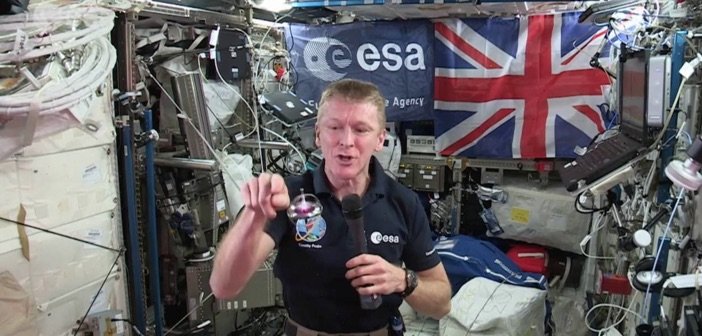
We couldn’t do a round up of the year without mentioning Tim Peakes Principia mission. On December 15th 2015, ESA’s British astronaut entered the International Space Station (ISS) to begin his 6 month mission, entitled ‘Principia’. This was his first time in Space and the UK’s second astronaut (Helen Sharman was not only Britain’s first astronaut, but also their first female astronaut when she visited the Mir Space station in 1991). I think his mission was very successful in raising awareness in Ireland and the UK about space and human space exploration. So many people approached me this year to talk about Tim and to rave about his Twitter feed. Working closely with the UK Space Agency and ESA, he planned a number of events to engage the public in this mission, including running the London Marathon, kicking off the RBS rugby six nations, hosting a live science experiment for schools and tweeting a ton of pics and comments on social media. As well as that, ESA posted a number of activities for schools, which allowed them to participate and engage with Tim during his mission. I visited the Astronaut Centre in Cologne during his mission, where the monitors share a live feed of the daily schedule of all ESA Astronauts on ISS missions. It is incredible how packed their days are, and given his tight schedule of science experiments and his EVA, Tim made quite an impact in engaging the public with his time in space. He returned to earth on June 18th, completing 26 weeks and 3 days in space. He continues to participate in public events, even visiting W5 in Belfast in early November, which sadly I missed (I have YET to meet him).
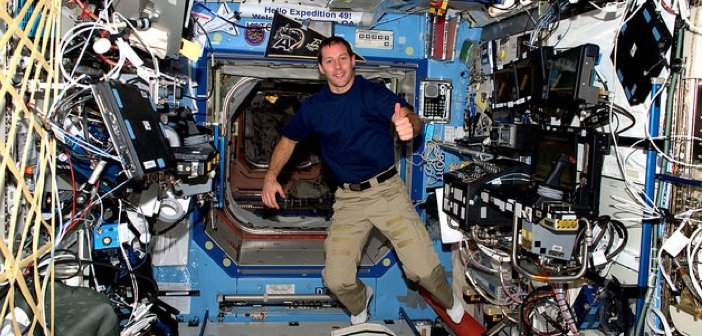
And then, another ESA astronaut, Thomas Pesquet launched to the ISS on November 17th to begin his six-month Proxima mission. And as we enjoyed Tim’s time in space, it’s now the turn of the French to enjoy their space hero. I have managed to meet Thomas, and yes, he’s lovely. You can follow his mission here and his twitter feed too.
National and HeadStuff Space week!
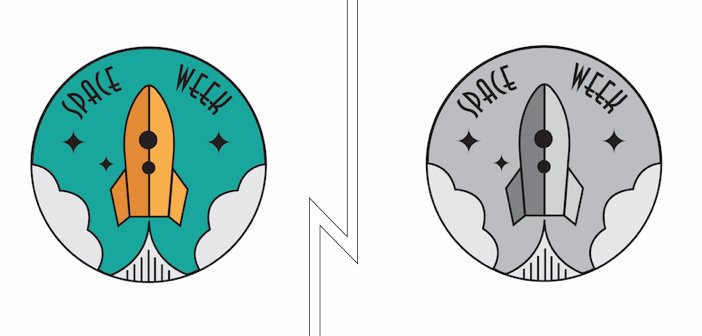
In October we celebrated Space week, Ireland’s newest national STEM (Science, Technology, Engineers and Maths) week which ran in parallel with World Space Week in association with Science Foundation Ireland and European Space Education Resource Office (ESERO) Ireland. Co-ordinated by CIT Blackrock Castle Observatory it was a week of celebrating space, in all forms with over 160 events happening across the country in schools, colleges and in public spaces. It covered topics including astronomy, astrophysics, cosmology, art, and human space exploration and we had a blast at all the events including my own shows. HeadStuff got in on the action with lots of Space Week themed articles and even launched its own Space Week Mars-themed short story competition. You can read the winning entry by Rob Nisbet here and the two runners up Type 2 Amber Brains and In the Shadow of Olympus Mons. National Space week 2016 couldn’t have gone better. Plans are already afoot for another packed 2017 Space week programme.
The Supermoon
On November 14th (and for the following 5 nights), we observed the supermoon in our night sky. A supermoon is an astronomical event that makes the moon 14 per cent bigger in our night sky and brighter too. The last supermoon occurred in 1948, almost 69 years ago, and we wont see another again until 2034, so they are a rare lunar event and certainly worth catching. The supermoon got a lot of Irish people talking and taking pictures, unfortunately the weather wasn’t always on our side and for some HeadStuff contributors the Irish sense of humour was too much to resist…
Supermoon as seen from Ireland #supermoon pic.twitter.com/8jnASd45BL
— Darragh Doyle (@darraghdoyle) November 15, 2016
ESA’s Business Incubation Centre (ESA BIC)
2016 also saw the announcement of a new incubation centre for Irish space related businesses, to develop new companies and avail of support from ESA. Run by Enterprise Ireland, the new centre was opened at Tyndall Institute in Cork. There is a permanent open call for applications, so if you have a good idea that will benefit ESA’s space activities, further details are available here
Elon Musk’s, SpaceX and his Interplanetary spacecraft designs for colonising Mars.
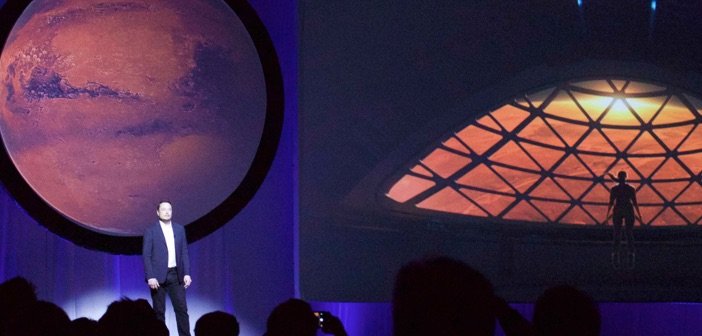
It was quite the year for Elon Musk and his company SpaceX. Not only did they successfully launch a number of their Falcon 9 rockets to the ISS, in April, they also re-landed the first stage of that rocket on to their droneship ‘Of course I still love you’ in the middle of the Atlantic Ocean. And then in September Elon made a keynote speech at the International Astronautical Congress in Mexico (which I attended) where he outlined his masterplans to colonise Mars in the next 100 years, providing detailed engineering outlines of the Dragon Spacecraft and his new raptor rockets. But not only that, he spoke about creating a self-sustaining colony on Mars within the next 100 years. It really was an extraordinary moment for me, sitting there, listening to his grand plans to make life interplanetary. It certainly makes you think about making bigger longer-term plans in the presence of such a visionary.
Virgin Galactic and Space tourism
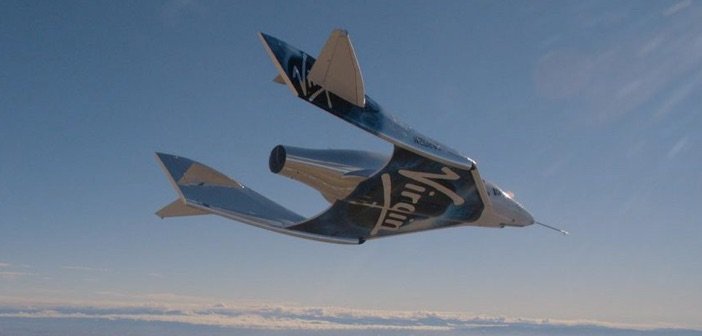
Following the tragic death of Virgin’s test pilot in 2014, the whole area of sub-orbital flight development went very quiet. And rightly so. It was time to go back to the drawing board, reflect and consider new levels of safety for crew and passengers. Then, in the latter half of this year there were rumblings of activity again. Virgin announced at the International Astronautical Congress that they were in a good place to begin testing again soon. Earlier this month, they made good that promise – they had successfully completed a test flight of their Spaceship 2 glider, with further news on Dec 22nd of a second successful test flight. 2017 is looking good for them to continue testing. It’s been a long and slow process of development for all the sub-orbital flight teams competing to be the first to offer space travel to citizens. Perhaps 2017 might bring the realisation of this new era of space tourism.
Farewell to Rosetta
On September 30th, the Rosetta mission came to a beautiful and fitting end, when it touched down on the comet it had been chasing for almost 12 years. The most extraordinary mission launched in 2004, hibernated until 2014, and began a series of manoeuvres to arrive in comet 67P’s orbit and follow its trajectory for 2 years as it approached perihelion towards our sun. It was one of the most ambitious projects ever undertaken by ESA and hugely successful in capturing the imagination of the general public. In Nov 2014 the Philae lander was successfully launched from Rosetta to the comet’s surface, but the landing did not go to plan and unfortunately data from the scientific experiments aboard the lander were not successfully collected. However, the Rosetta spacecraft continued to orbit 67P until 2016 and, to guarantee a maximum return on scientific data, it was decided to end the mission on impact with Rosetta landing on the comet. At 11.19am on Sept 30th 2016 Rosetta was no more.
NASA’s Juno mission
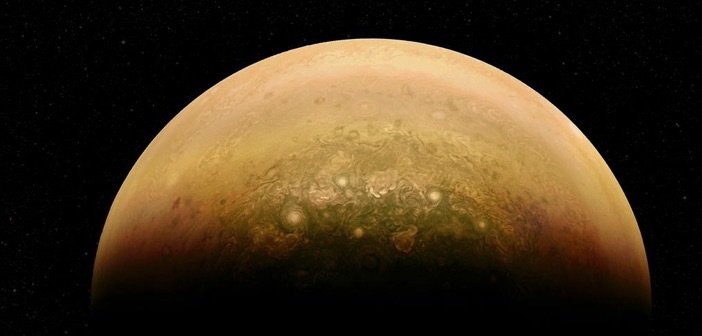
On June 4th NASA’s space probe Juno finally entered the planet Jupiter’s orbit and for the first time we had close-up images of the largest planet in our solar system. The five-year trip was one of NASA’s most complex missions and certainly the most expensive (estimated to cost over a billion dollars).
ESA’s ExoMars mission & Schiaparelli lander
ExoMars, a joint mission with ESA and Roscosmos (the Russian Space Agency), was launched on14th March 2016 heading for Mars. A two-part mission, the first phase carried scientific instruments on the ExoMars spacecraft to measure methane and other trace gases in Mars’ atmosphere. Sadly, the Schiaparelli lander failed when it crash landed onto the surface after it was deployed from the main spacecraft on October 19th, but the ExoMars continues to orbit and carry out measurements. The second phase of this mission takes place in 2020 to successfully land the ExoMars rover onto Mars surface. You can keep up to date here.
Breakthrough Starshot
I saved the best for last. Breakthrough Starshot is like something out of a sci-fi novel, so fantastical are its mission goals. It was launched in April 2016 by Stephen Hawking and internet investor and philanthropist Yuri Milner. Breakthrough Starshot is part of the Breakthrough Initiatives, a series of scientific and technological explorations to probe the big questions we ask of the Universe, particularly ‘Are we alone?’. I heard more about it first-hand from the project’s Executive Director Pete Worden, former Director of NASA Ames, while I was lecturing on the Space Studies Programme this summer. The project seeks to demonstrate proof of concept in using ultra-fast light-driven nanocrafts and to lay the foundations for a mission to our neighbouring star, Alpha Centauri. It is the development of new forms of space travel, combining miniature spacecrafts with alternative propulsion to make humanity’s first attempt at interstellar travel. An exciting future in space exploration beckons.
And what about 2017, then?
Read my next Socialising Science Column next week for a really exciting announcement and to learn more about my own space-related escapades in 2017!
CONTACT US ABOUT YOUR SCIENCE/CURIOUS EVENT:
We do our best to cover as many national science/curious events as we can in this column, so if you have an event coming up, email [email protected] with ‘Socialising Science’ in the Subject line and we’ll include it in the next column.
Main Image: Earth from Space (NASA, 2008).
